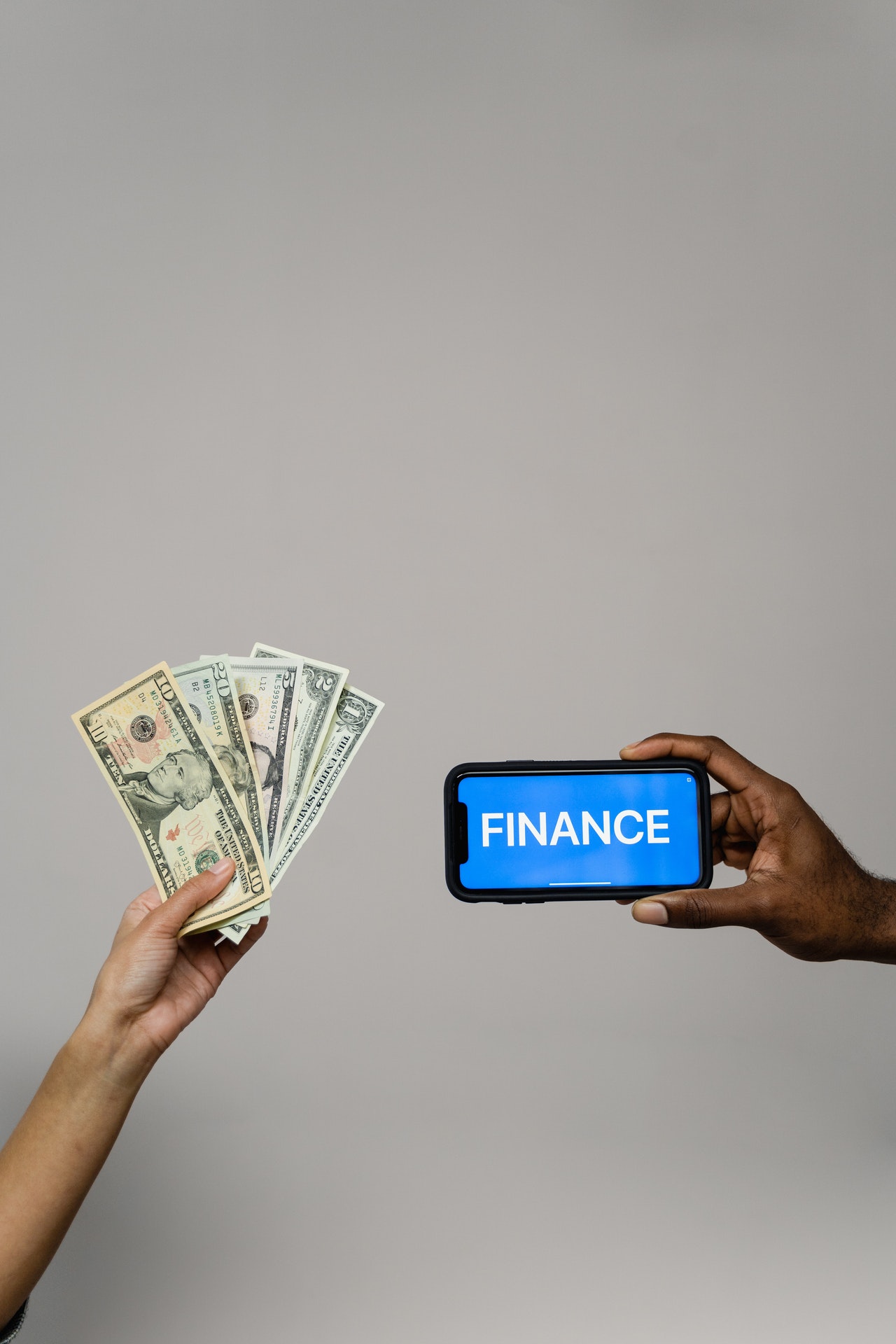The buy now, pay later (BNPL) industry boomed during the pandemic and looks set to change consumer payment and credit behavior permanently. But what happens when BNPL customers default on payments? Debt-collection giant TrueAccord has used anonymized data from more than 16 million consumers of major banks, issuers, eCommerce companies, and direct lenders to establish emerging trends in consumer debt and repayment performance. Read on to learn more about the report and gain insight into the long-term outlook of the BNPL phenomenon.
What is BNPL?
BNPL products are typically offered to consumers at the point of sale when they check out on a merchant’s website. BNPL lenders allow consumers to make payments for their goods or services in installments, with fixed payments usually set up automatically against their debit or credit cards. Examples of well-known BNPL lenders include Klarna, Affirm, and Afterpay, but there are many players in the space. Competition ensures they continue developing and employing innovative technology to drive the adoption and retention of both merchants and consumers.
Why the BNPL Boom?
Merchants are happy to offer BNPL products because they make their goods and services more attractive than merchants who don’t. Offering BNPL options also increases the average purchase amounts of consumers by between 20 percent to 35 percent and improves cart conversion by 20 percent to 85 percent.
For consumers, BNPL products are attractive alternatives to conventional credit sources, such as credit cards, for several reasons. First, they are convenient and easy to use because they’re seamlessly integrated into the buying process. Consumers can evaluate the benefits and terms of the products during the checkout process. Second, there are no upfront fees and no interest with BNPL products.
Additionally, BNPL credit is advanced without reference to the consumer’s credit scores, making credit accessible to many consumers who would not qualify via conventional channels. Credit card issuers tightened their underwriting process during the economic uncertainty of the pandemic, which led to approval rates dropping from 41 percent in 2019 to 36 percent in 2020.
Last, many consumers find smaller BNPL repayment plans easier to manage than credit card payments, which can quickly mount up to unmanageable sums. Making a small upfront payment when they can’t afford to cover the whole cost at once can allow them to manage their budgets by taking advantage of time-limited discounts and similar.
BNPL products are now so popular it’s estimated 44 percent of Americans have tried one at least once, which drives online credit volumes. In California, for example, traditional consumer loans dropped 41 percent in 2020, but online lending increased almost 1,600 percent. At the same time, neobanks are making debit cards an increasingly popular payment mechanism for day-to-day spending. TrueAccord predicts that the combination of these trends will result in a permanent shift in consumers’ management of cash flow and credit that favors BNPL.
Default and Recovery
A percentage of BNPL consumers default on repayments, much like consumers default on credit card debt. While balances are typically less than eight times those of credit card accounts, default can still impact consumers. In fact, some BNPL lenders report defaults to credit bureaus, impacting consumers’ credit scores, and although there’s no interest on BNPL debt, additional fees can apply in the case of default.
Default status also prevents consumers from using BNPL accounts for new transactions, which potentially reduces the merchants’ revenues or results in consumers opting for BNPL products from a competitor lender. (TrueAccord’s data show BNPL customers typically used up to six different BNPL providers in the last year.) In such a competitive market, lenders want to retain consumers post-delinquency and therefore want to provide a positive customer experience even during collections.
Companies are addressing this by offering:
1. Multiple communication channels
2. Settlement offers or discounts
3. Personalized longer-term payment plans that structure repayments for when consumers are most likely to have cash and offer them easy options to delay or reschedule repayments if necessary
As a result, payment plan drop-offs have been reduced by up to 58 percent.
TrueAccord’s data indicate BNPL customers are quicker to reach out for debt management assistance than credit card consumers and therefore get “back on track” with less friction (in about two months compared to over a year for the typical credit card account). BNPL consumers also prefer digital-first financial services and respond well to digital collection tools that offer them the same flexibility and ease of use. They show significantly higher email click rates, for example. And higher engagement means better repayment rates. The repayment rate for BNPL accounts is two and a half times higher than credit cards at 30 days post-placement and almost double at 90 days. This all goes to show that the products are ultimately a good match for all stakeholders.

